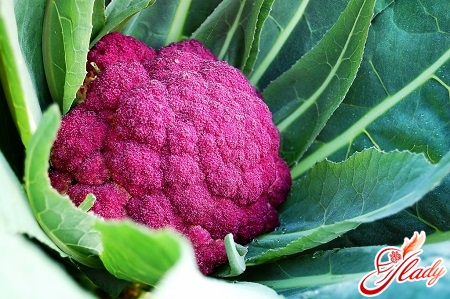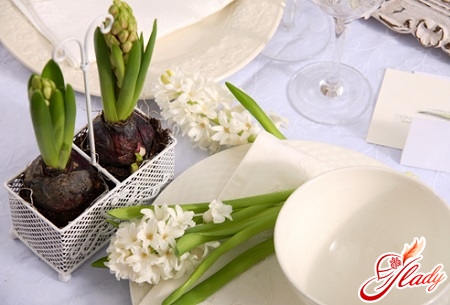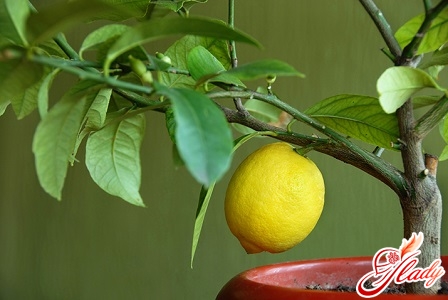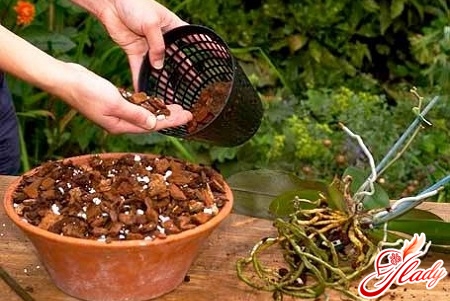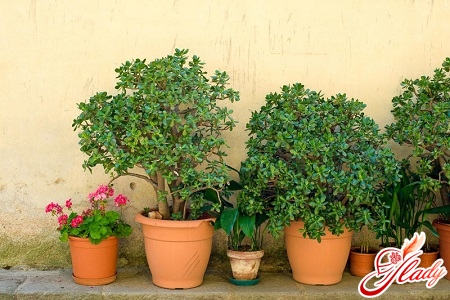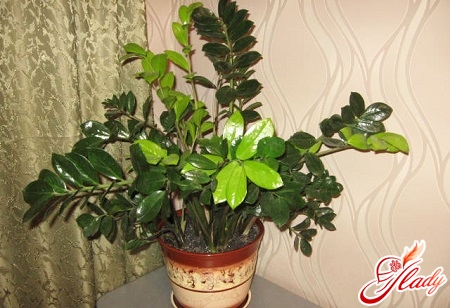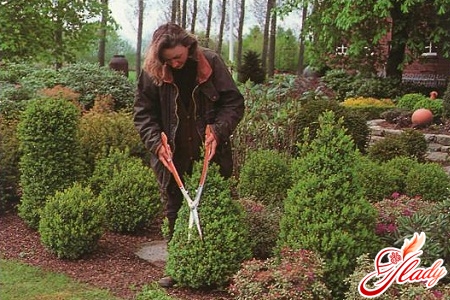 What turns a gem into a work of artjewelry art? Cut and a worthy frame. Hedges will become the same magical facets that will turn your garden into a real diamond. And your goals and wishes will determine what the hedge will be: shrubs or trees, high or low, natural or trimmed. Let's figure out how to create a hedge on a garden plot. Which shrubs to choose? How to plant it correctly? How to care for it?
What turns a gem into a work of artjewelry art? Cut and a worthy frame. Hedges will become the same magical facets that will turn your garden into a real diamond. And your goals and wishes will determine what the hedge will be: shrubs or trees, high or low, natural or trimmed. Let's figure out how to create a hedge on a garden plot. Which shrubs to choose? How to plant it correctly? How to care for it?
A bit of history
Hedges have been known since ancient times.According to chronicles, hedges decorated gardens in Ancient Babylon. Flowering hedges of lilac, roses and jasmine surrounded the gardens of the East. Hedges of fig, palm and ebony trees were planted in the gardens of Ancient Egypt. The strolling gardens of Ancient Rome were decorated with hedges of noble laurel, rosemary and boxwood. In Europe, hedges have been known since the time of the Roman conquests. At first, they were used to fence aristocratic and monastic estates, and since the 16th century, they began to build labyrinths from hedges. Later, hedges became a convenient tool for planning gardens and dividing them into separate zones. Hedges appeared in Russia in the 18th century. The first Russian garden with coniferous hedges was the Summer Garden in St. Petersburg, which became an example of the correct geometric layout of the garden (regular style). Gradually, this style was replaced by the landscape style (free planning style). And it still remains the most popular in Russia. It is in this style that the landscapes of most city parks, garden plots and summer cottages are maintained. But in his own garden, as you know, the owner is the master. Every gardener can become his own designer and create an inimitable example of landscape art. However, to create a beautiful garden, you must have either an innate taste or certain knowledge. To arrange a hedge in your garden, you need to decide on its type. Hedges have different purposes. It is this that determines the type, size and planting material.
What are the hedges?
Depending on the location on the site, liveA hedge can be external or internal. External hedges border and enclose the garden, internal ones are used for decorative design. According to the composition of plants, hedges can be divided into thorny and soft, deciduous and coniferous, mixed and single-species. Thorny hedges are an excellent alternative (or addition) to a solid fence. Coniferous hedges, unlike deciduous ones, retain their decorative properties all year round. But deciduous ones grow quickly and are easy to form. According to their shape, a hedge can be natural or formed. Hedges of a natural form should have natural decorative properties. Beautifully flowering shrubs are usually chosen for them. A trimmed hedge will take up little space, will look stricter and neater, but will also require more care. Hedges are also divided by height. Living walls are higher than three meters, hedges themselves are from one to three meters, borders are up to one meter. However, not all plants are suitable for building a hedge. Let's look at the most common and well-proven ones.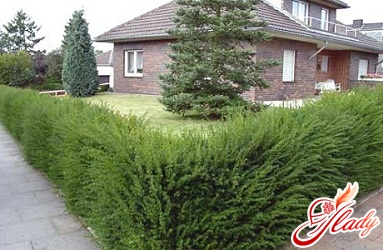
Shrubs and trees for hedges
Green walls are usually made from trees.coniferous trees: spruce, pine, juniper, thuja. Deciduous trees used for living walls include larch, hornbeam, maple, bird cherry, and blackthorn. All of them are certainly beautiful and useful, but they grow slowly (sometimes very slowly). And living walls are intended to frame park areas or large suburban areas. Therefore, gardeners prefer not very high hedges made of shrubs. Shade-tolerant, slow-growing bushes and trees with small and dense foliage are suitable for high (up to two and a half meters) hedges. For example, evergreen cherry laurel and thuja. Cherry laurel, covered with shiny green leaves all year round, grows quickly and well. It is better to arrange a hedge from it in partial shade. Thuja, on the contrary, loves sunny places. It is suitable for both free-growing and trimmed hedges. Laurel, buckthorn, hawthorn, and privet are also suitable for such hedges. Low-growing hedges (living borders) are planted along garden paths and trails, at the edges of lawns, around stairs and terraces. Such borders can be trimmed, or their natural shape can be preserved. Low bushes with dense branches are suitable for them: euonymus, boxwood, spirea, heather, and erica. For example, cinquefoil (Kuril tea). These are small (from 60 cm to 1 m) bushes that bloom with white, pink, or yellow flowers all summer. Cinquefoil tolerates partial shade and pruning well. Flowering hedges. Beautifully flowering shrubs are suitable for them: rose, jasmine, viburnum, rhododendron, lilac, hydrangea. A flowering hedge is not subject to formation and does not require careful maintenance. Over time, such a hedge will become a real paradise for birds and a suitable home for hedgehogs. Fruit bushes can also be planted as a hedge. By the way, this can be an excellent design solution for a small fruit garden. Therefore, such a hedge in the country will be especially appropriate.
How to plant a hedge?
Once you have decided on the typehedges, planting site and selection of plants, you can start planting. If you intend to plant mature plants, remember that they tolerate transplantation much worse and are much more expensive than seedlings. Therefore, it is better to plant young plants for a hedge. The appropriate age for deciduous seedlings is two or three years, coniferous - three or four. It is best to plant them in the spring, at the end of April or at the beginning of May. The time from mid-August to the end of September is suitable for autumn planting. A hedge is planted for a long time, so its construction begins with preparing the site. It is necessary to dig a trench. The depth is a bayonet of a shovel, the width is from half a meter to a meter. Humus, peat or manure must be poured into the bottom of the trench and loosened. The seedlings (after removing broken and dead roots) are planted in a trench at a distance of 30-50 cm. They are planted in moist soil, adding fertilizer. The planted plants are cut by about one third.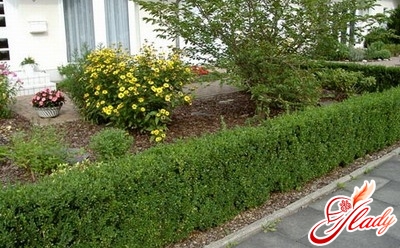
How to care for a hedge?
Caring for a hedge is not much different fromухода за другими садовыми кустарниками. В жаркие дни ее нужно поливать. Удобрять по правилам, в период роста и цветения. Первая обрезка для формируемой изгороди проводится на следующий год после посадки. В дальнейшем изгородь стригут два раза в год – в конце весны и в начале осени. Молодые растения обрезают не более чем на треть годичного прироста – это способствует интенсивному росту ветвей. Когда изгородь достигает нужной высоты, секатором или садовыми ножницами проводят постоянную стрижку. Если соблюдать все эти правила, то ваша живая изгородь на даче или в большом саду загородного дома обязательно станет предметом особой гордости. А возможно и примером для подражания. Вот, собственно говоря, и все. Удачи вам на ниве садового дизайна, а вашему саду – неувядающей красоты! Советуем почитать:




